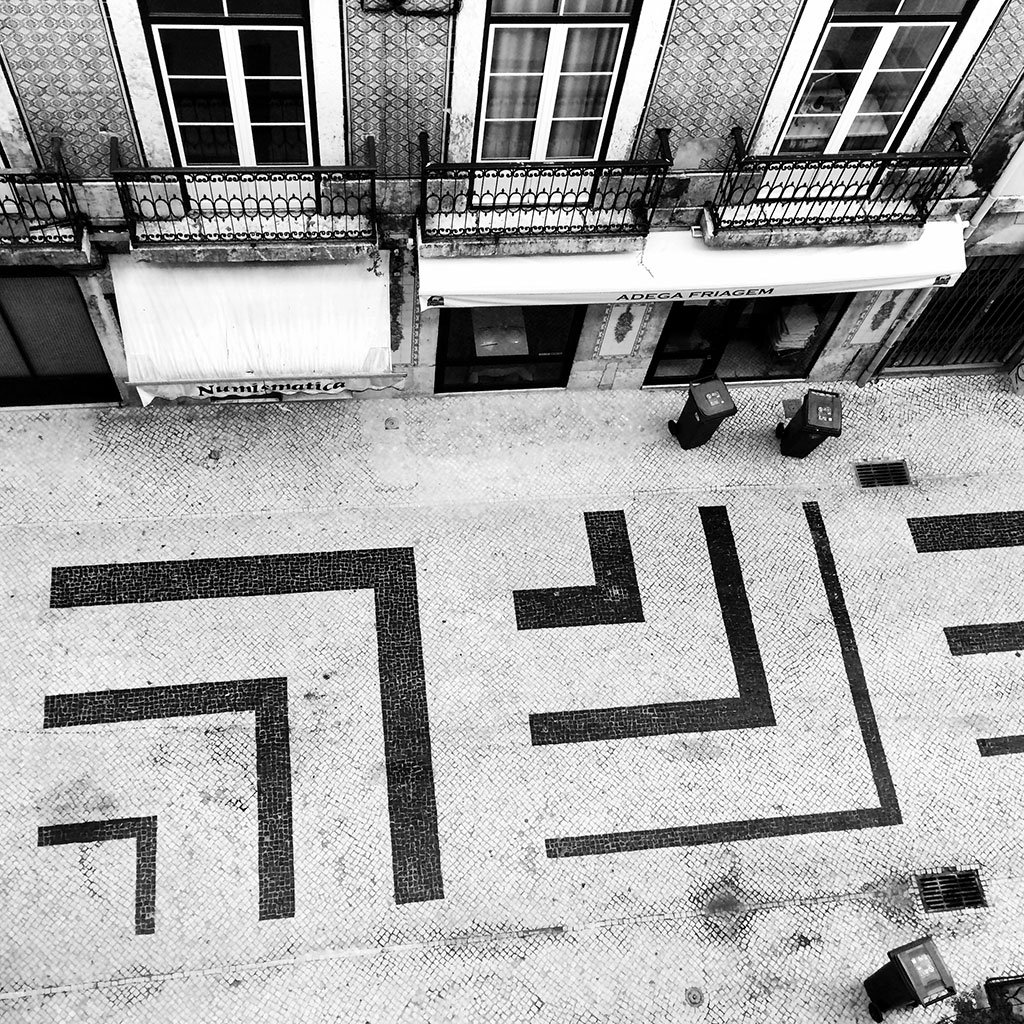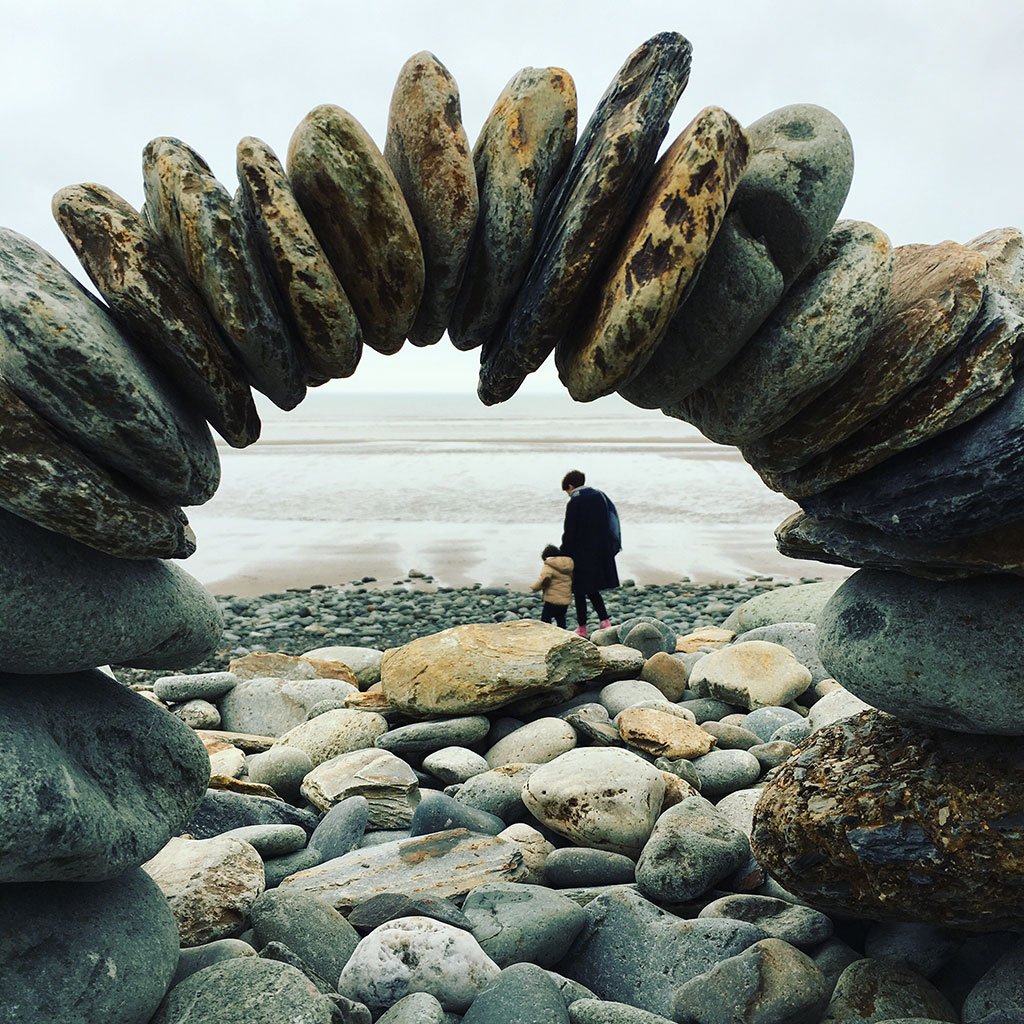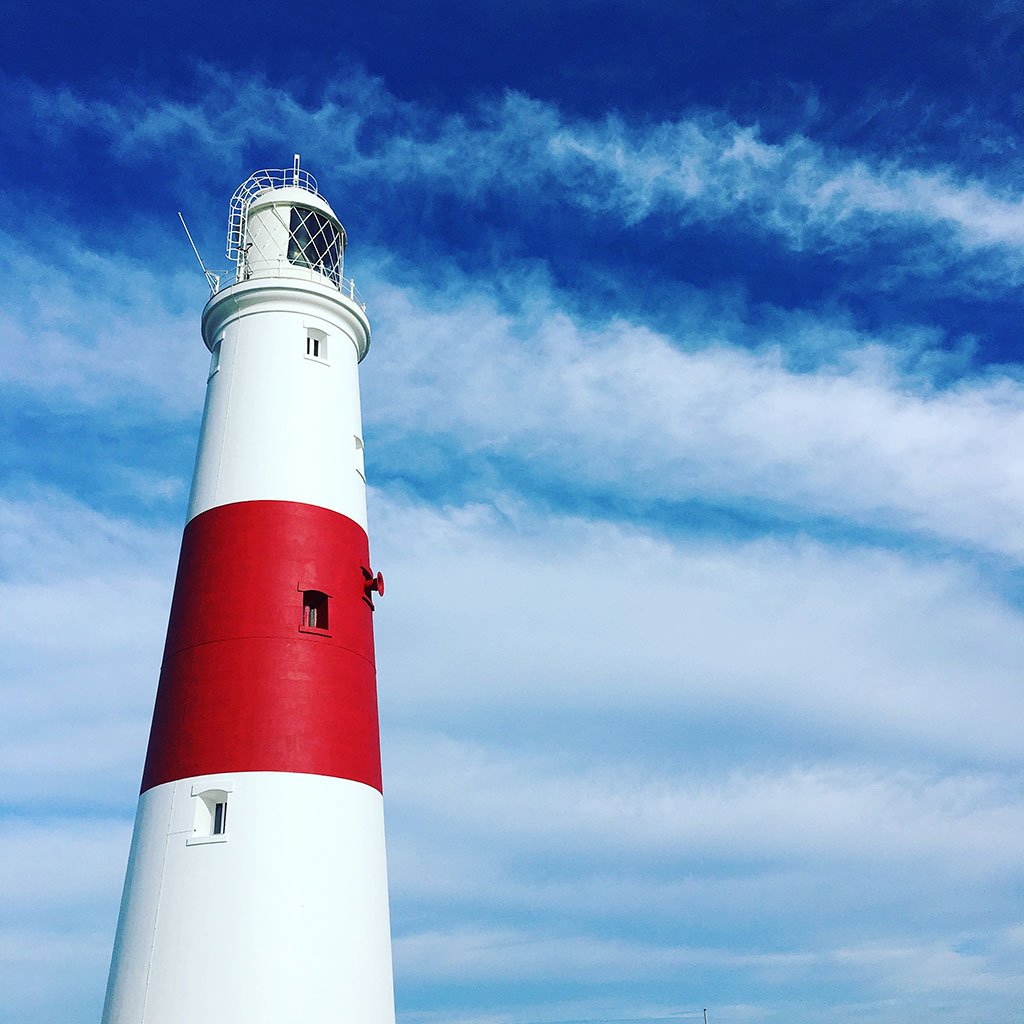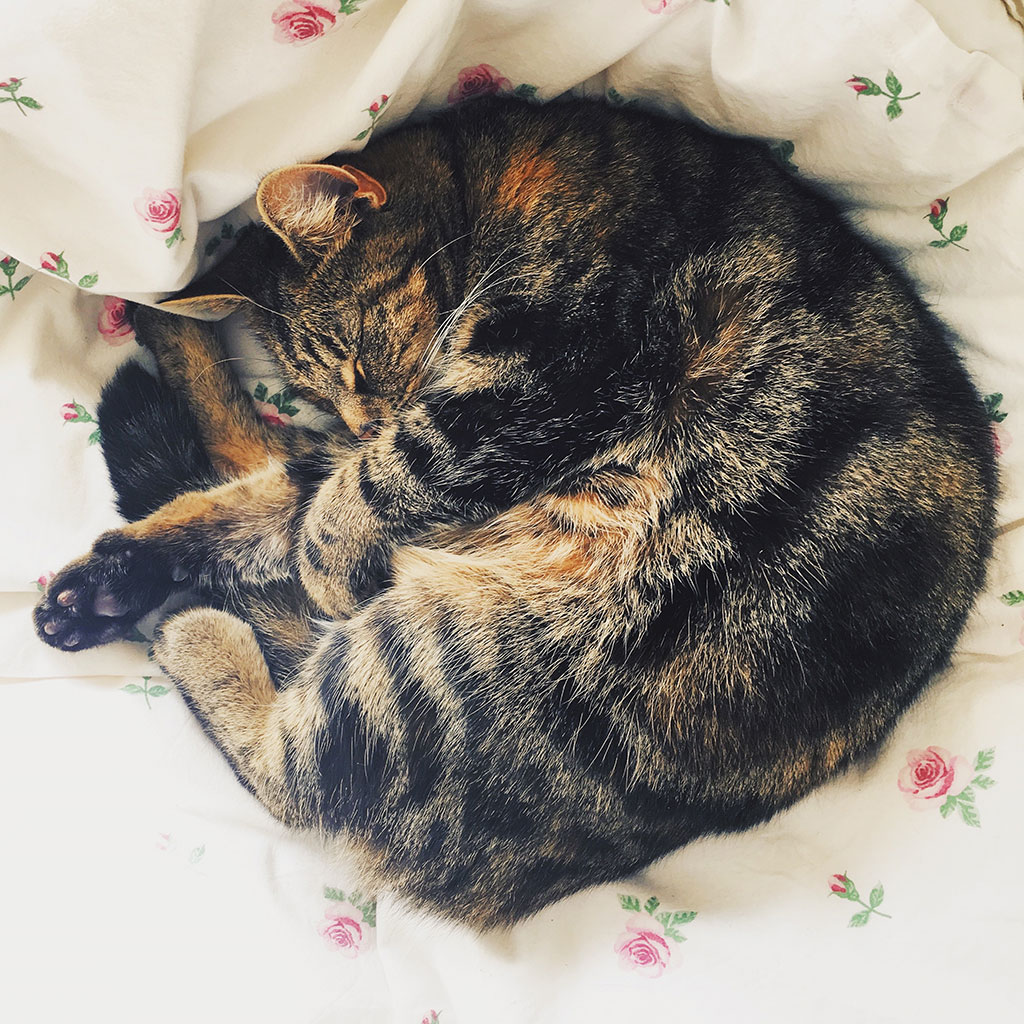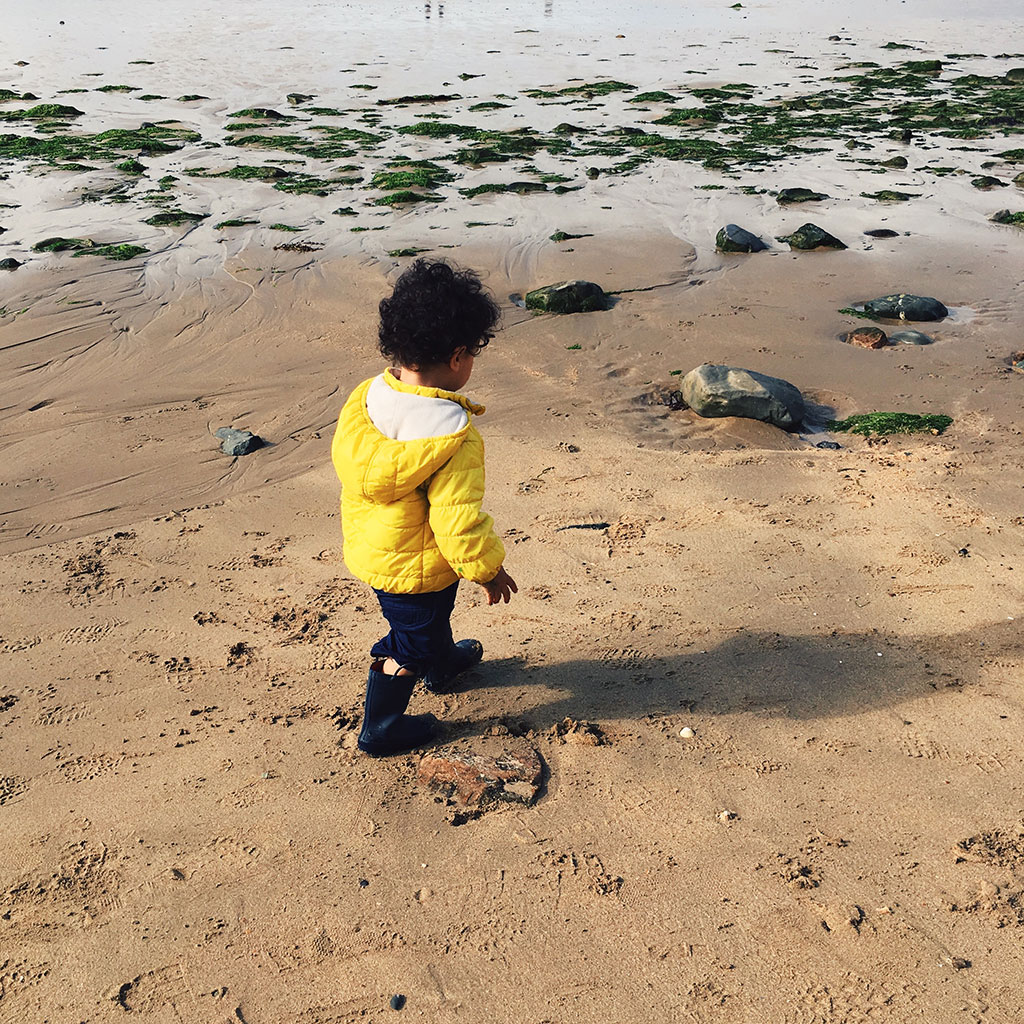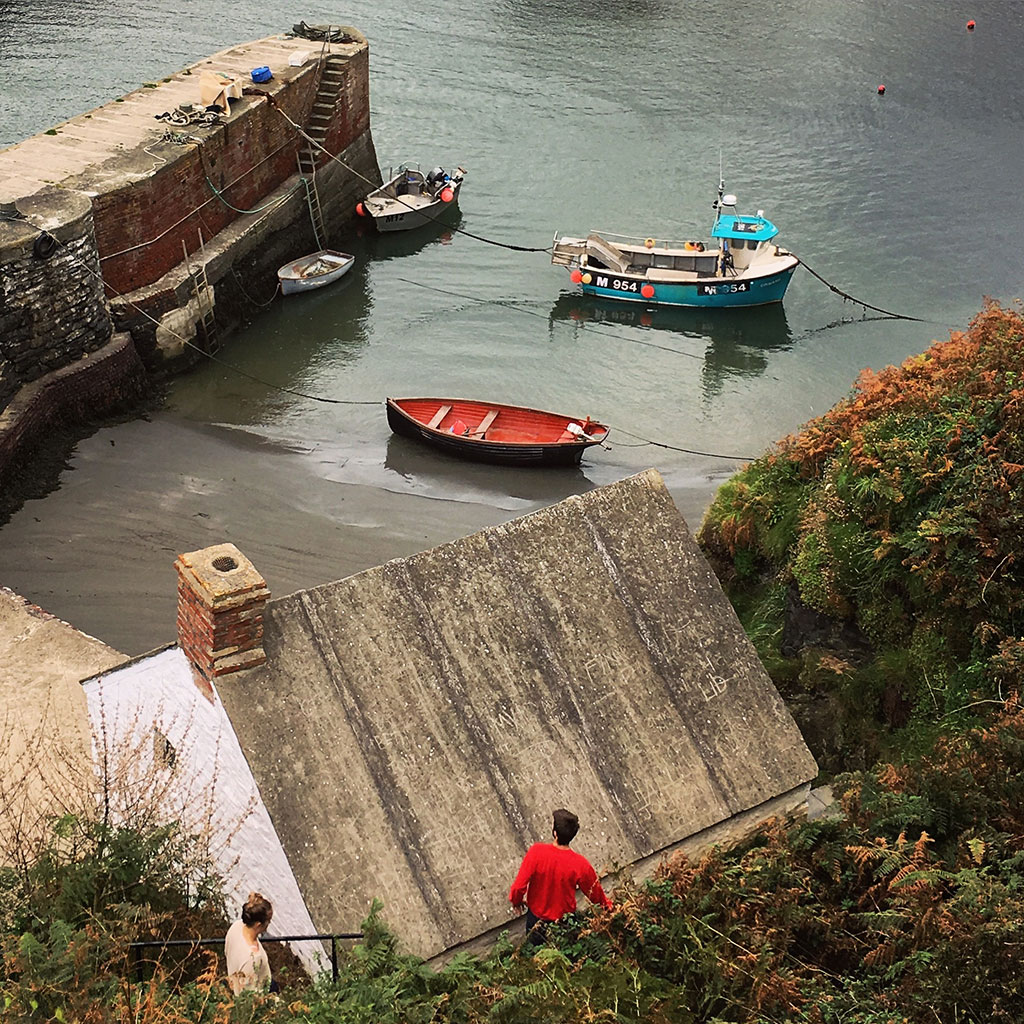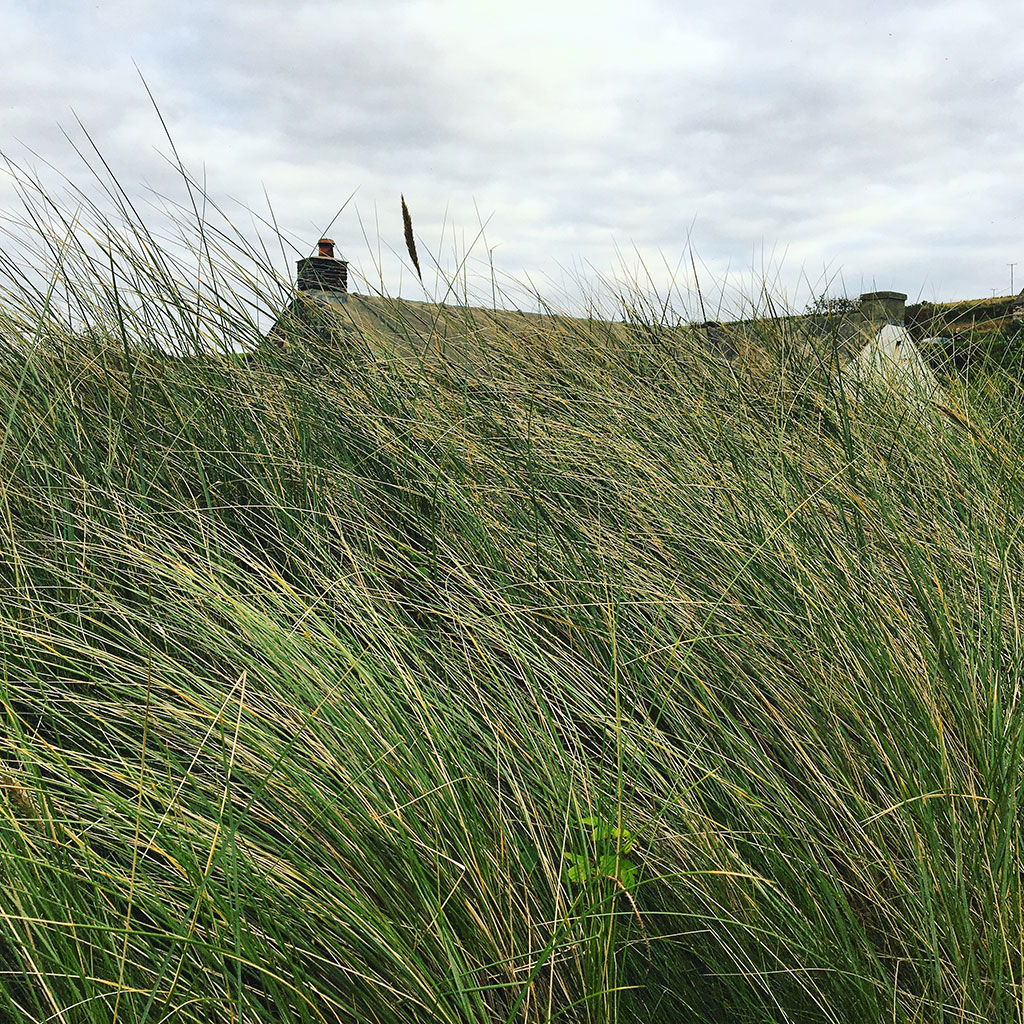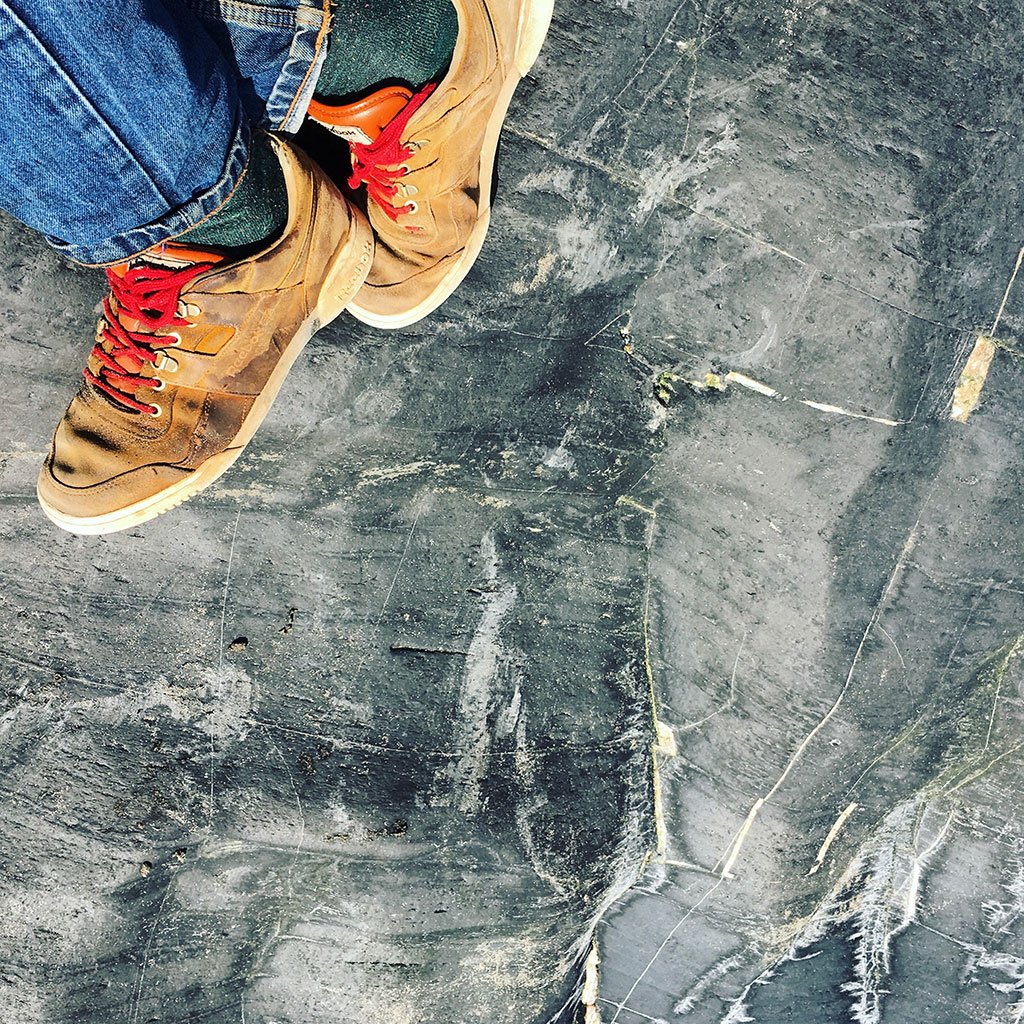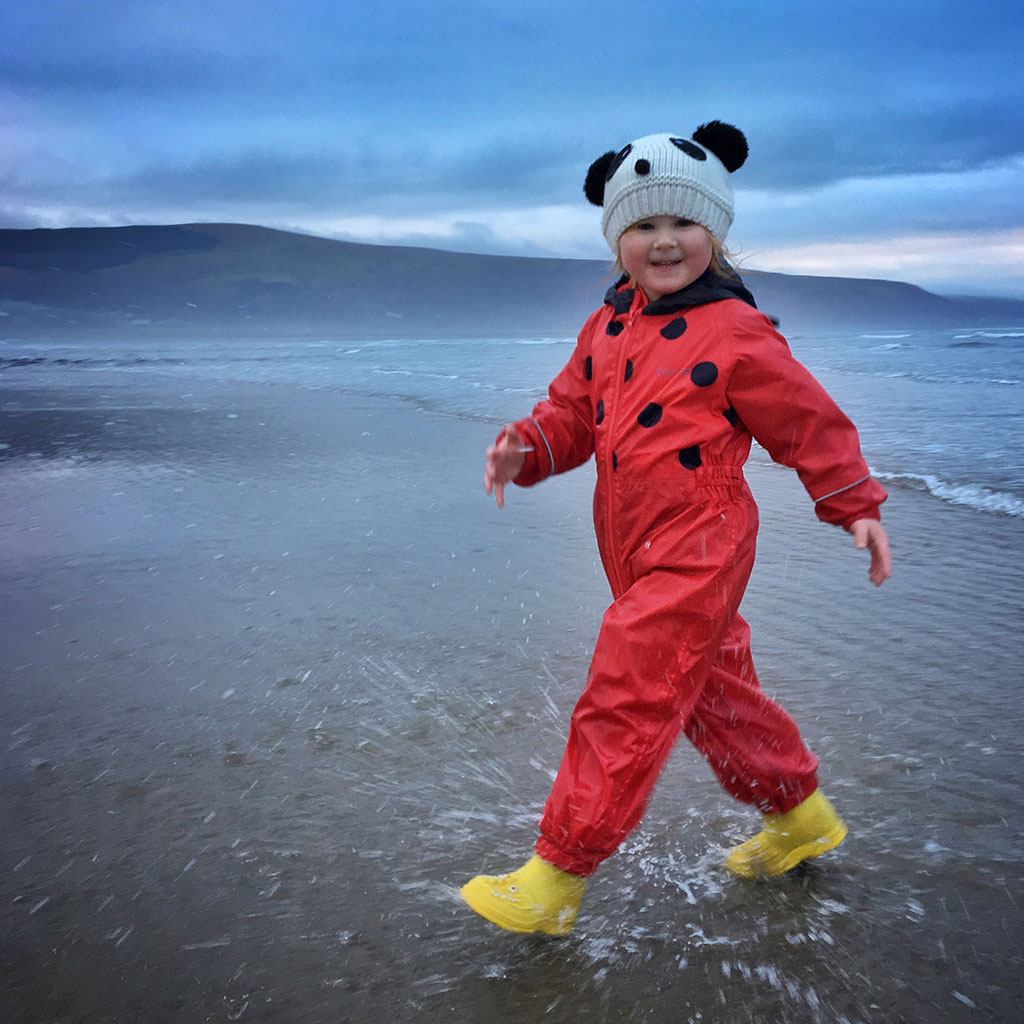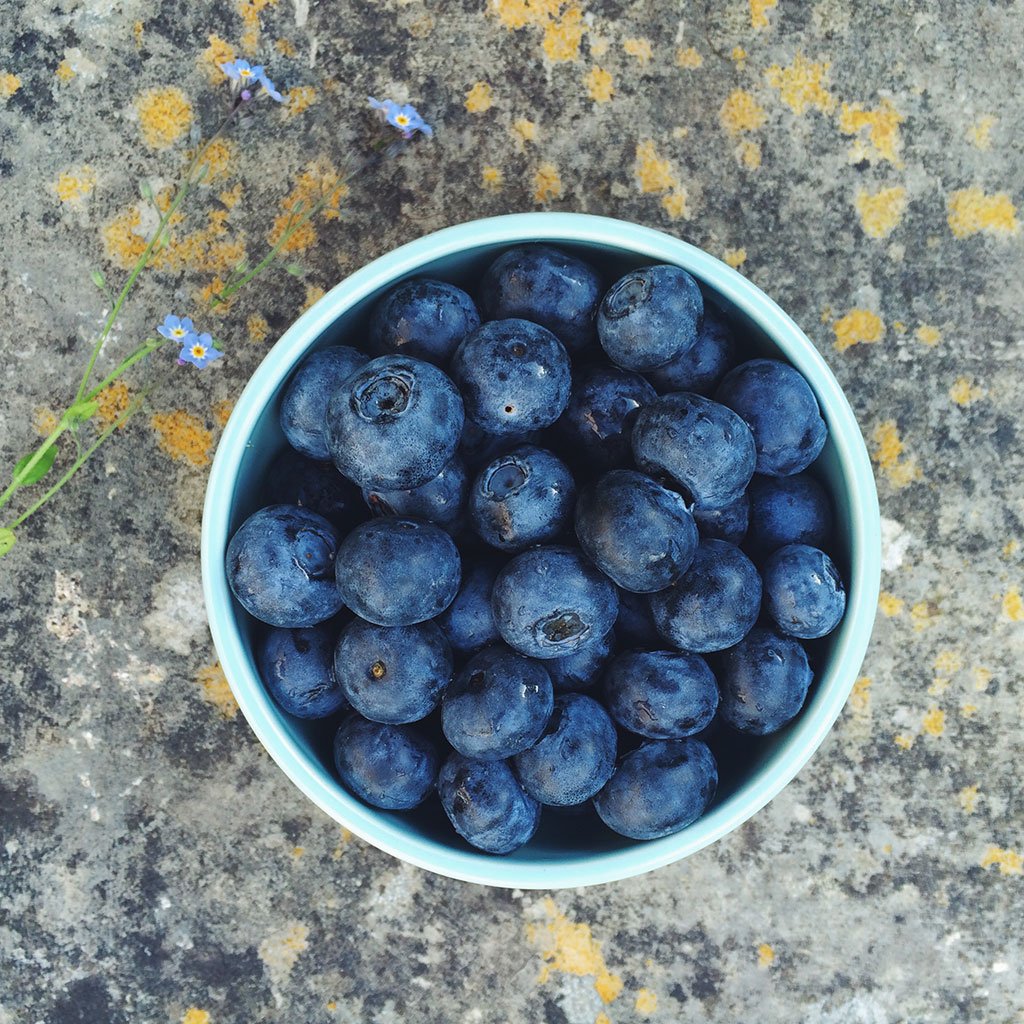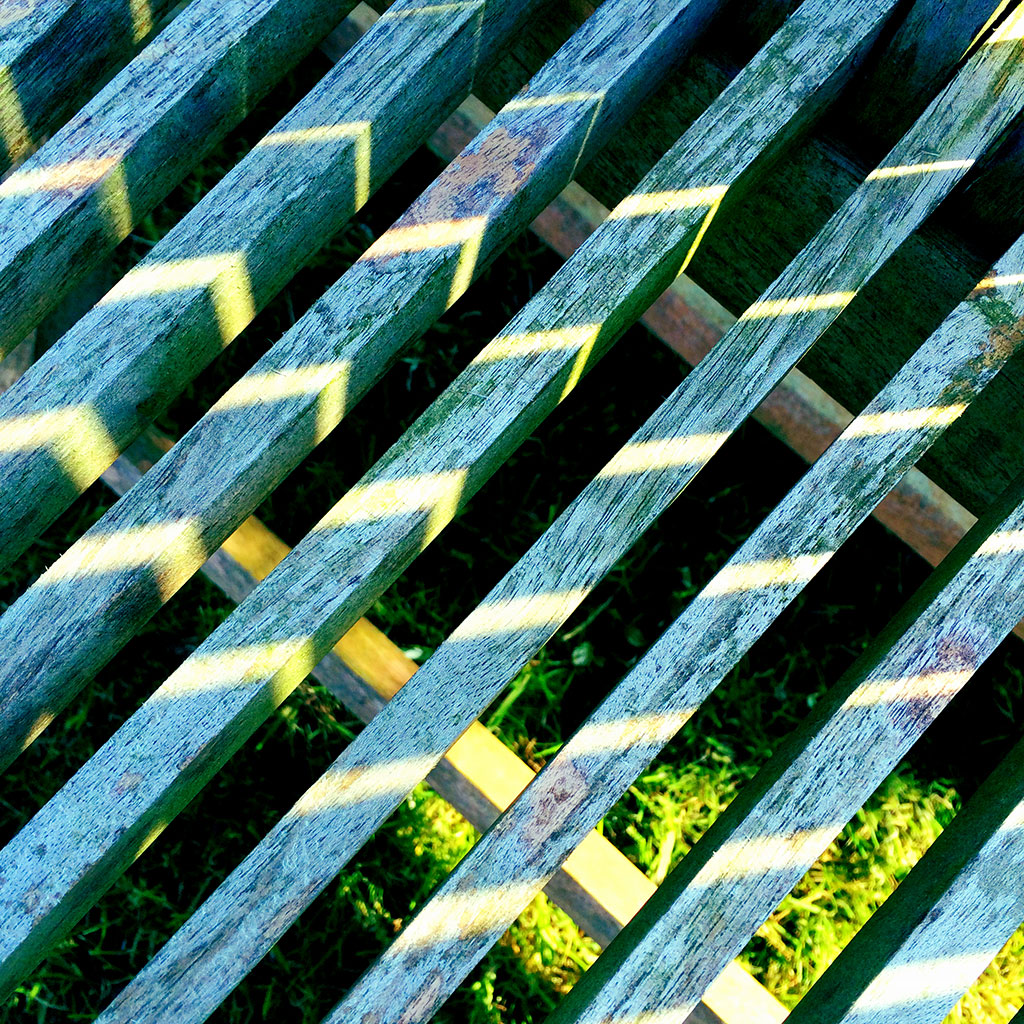Having a great smartphone camera, using the best camera apps, researching your subject, or waiting for the optimum moment is all well and good – but boring, lazy or unimaginative composition will result in disappointing results. In this article we’ll look at another powerful composition technique – shooting from high and low point of view angles.
Why Shoot From High Or Low Point of View Angles At All?
Shooting from high or low point of view angles offers you several powerful benefits:
- Isolates your subject
- Increases sense of size or scale
- Adds drama, suspense or tension to your images
- Adds impact when shooting angle allows the inclusion of shapes, graphic elements or framing
- Changes the relationship between the viewer and the subject
- Let’s look at these benefits in turn.
Subject Isolation
Often a subject just doesn’t “pop” out of the photo – perhaps because it’s too far away from the photographer. Exploring the range of shooting angles can give you better opportunities to help your subject stand out.
In this example the distant subjects (the woman and the child) are highlighted by framing them with the pebble arch. This was only possible because the photographer saw the opportunity and was prepared to crouch down uncomfortably low.
Sometimes you might have a great subject, but shooting it straight-on forces you to include something aesthetically unappealing. In these situations you need to change the position you shoot from. This could just mean moving left or right until the unwanted elements are obscured, but sometimes it’s worth checking whether shooting from a higher or lower position will improve the composition.
For example, the foreground and ground-level elements at the foot of this lighthouse weren’t particularly visually pleasing. Shooting upwards from a lower point of view angle allowed the striking red and white column to command the viewer’s attention – especially with the uncluttered blue sky background. In addition, having the lighthouse leaning rather than vertical creates a dizzying sensation in the viewer that adds to the impact of the image.
The cat opposite could have been photographed from almost any angle, and cat-lovers everywhere would have been coo-ing over it. However, shooting from directly overhead provided more detail, allowed the cat to be nicely framed by the fabric she’s lying on, and created a more balanced and intimate result. Who wouldn’t want to be that cat, nestling in warm sheets, without a care in the world? This might be the feeling we want the viewer to experience.
Convey A Sense Of Size Or Scale
Where you shoot your subject from can amplify or reduce the sense of scale or size of your subject. Typically, any subject will look bigger than it actually is when shot from a low position, and subjects will look smaller when shot from above.
The small boy in the image below seems even smaller and more vulnerable for being photographed from a higher position. In addition, the high shooting angle helps to exclude any distracting elements in the distance which might have weakened the composition, and eliminates the bright sky which could have made getting a good exposure more tricky.
Contrast this with the photo of the young girl in the red suit later on in this article – the effect is entirely different – but equally valid.
The harbor image below was shot from high up on the overlooking cliffs. This high vantage point makes the boats, cottage and people seem even smaller than they actually are. In addition, shooting downwards like this made it possible to exclude an unattractive row of parked cars and sign-written commercial vans just outside the top of the frame.
Add Drama, Suspense Or Tension
An additional benefit to shooting from a low or high position is the opportunity to include or exclude elements which may introduce a sense of intrigue or suspense to the image.
In the example below the cottage could have been more prominent while still keeping the long grasses in the foreground – however, by crouching down the cottage has largely been hidden. This creates a bit of mystery and might have the viewer asking themselves why is this cottage so hidden? What is it about its environment, or the local people that makes concealment important? Has the cottage been left to rack and ruin with the unkempt grass allowed to grow untended? And if so, why?
Rather than photographing a friend in a traditional way as he sat on rocks by the sea, this composition means he has almost totally been excluded from the shot. This opportunity might have been overlooked except the photographer noticed the potential and grabbed the shot. As with the previous shot, obscuring elements or parts of the scene deliberately gives the photo an unresolved feel and leads the viewer to ask questions. Who is the man? What’s he doing? Is he in danger? What’s he thinking?
Change The Relationship Between The Viewer And The Subject
We’re so used to seeing the world from eye-level – and that presents photographers with a wonderful opportunity to show the world from a different perspective.
The young girl in the photo below is about 4 years old. Normally she’d be seen or photographed from an adult’s eye-level – but from this low perspective we get to see her as an equal – like her young friends might. And because most other people we see at a similar eye-level to our own are adults, there’s a slightly jarring sensation that this young girl seems adult-sized. We know she isn’t – but it’s a niggling feeling which makes you want to look at the photo longer. Lastly, we seem to be viewing her on her own terms – and the confidence she exudes, like her apparent size, is magnified.
In addition, shooting from a low point of view angle allowed the inclusion of the hills and sky in the background.
Include Shapes, Geometric Elements, Patterns Or Framing For Added Impact
As photographers we’re used to spotting potential elements for inclusion in a scene, such as geometric shapes and framing opportunities – all of which can add great impact to our photos. Most of the time we do this from our usual shooting position. However, we may be missing countless opportunities which shooting from a low or high position might afford us.
The bowl of blueberries below would look pretty enough if photographed from the side – the way we’d conventionally see such items. But by photographing it from above the bowl’s circular profile is accentuated, the repeating elements of the individual berries create an attractive organic pattern, and the lichen-covered stone behind frames the subject perfectly. All of these benefits realized simply by shooting from a different position.
Remembering to look up offers so many great photographic opportunities. In the example above the colorful washing-up bowls suspended from a ceiling high overhead create a vivid, chaotic pattern which fills the frame perfectly.
Photographing the wooden slats of a bench seat might not be your first thought, but just by looking down the photographer spotted the attractive interplay of the diagonal lines offered by the bench slats and the sun’s rays. The tight crop helps to draw attention to the patterns, adding to the effect.
Summary
The main point to take away from this article is that we should remember to consider the photographic opportunities offered by shooting from a low or high point of view angle rather than the more conventional, eye-level, horizontal shooting angle commonly used by photographers. On its own this approach can yield excellent results, but when coupled with other composition techniques – such as framing, cropping, rule of thirds, leading lines, etc. – the results can have even more impact.

